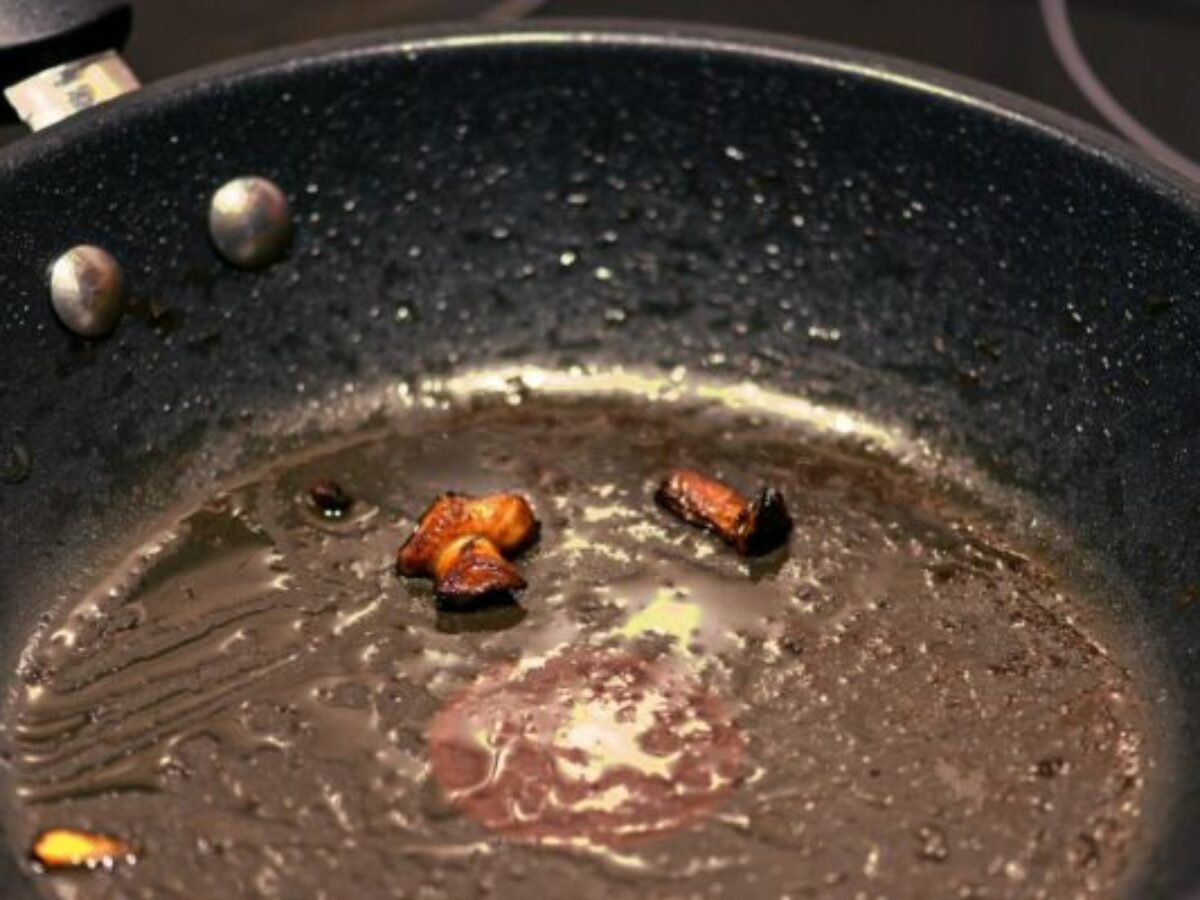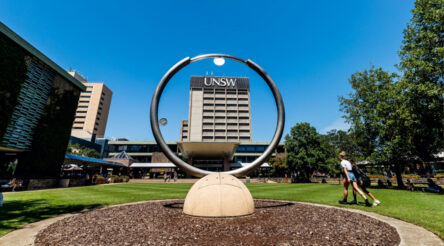Australian team examines loss of potentially dangerous plastic particles from cookware

A team of researchers from Flinders University and Newcastle University has developed a way to measure plastic particles lost from non-stick cookware.
The work by the team used a “molecular spectrum approach” for directly visualising and identifying Teflon microplastics and nanoplastics, which are “generally a family member of PFAS” as well as more difficult to monitor than other plastics.
According to a statement from Flinders, a single surface crack on a Teflon-coated pan could release about 9,100 particles, and at a micro scale, “Raman imaging and an algorithm model” by the team “identified the release of 2.3 million microplastics and nanoplastics” from a broken coating.
“Given the fact PFAS is a big concern, these Teflon microparticles in our food might be a health concern so needs investigating because we don’t know much about these emerging contaminants,” said Dr Cheng Fang of Newcastle University.
Professor Youhong Tang from Flinders added that it showed the need to know more about the threat of Teflon plastic debris during cooking.
“It gives us a strong warning that we must be careful about selecting and using cooking utensils to avoid food contamination,” said Tang, from the College of Science and Engineering.
“More research is recommended to address the risk assessment of the Teflon microplastics and nanoplastics, given that Teflon is a family member of PFAS.”
Their research was published in the journal The Total Environment and funded by the Cooperative Centre for Contamination Assessment and Remediation of the Environment (CRC CARE) and the University of Newcastle.
Picture: credit Pixabay
Topics Technology
@aumanufacturing Sections
Analysis and Commentary Awards Defence Manufacturing News Podcast Technology Videos










